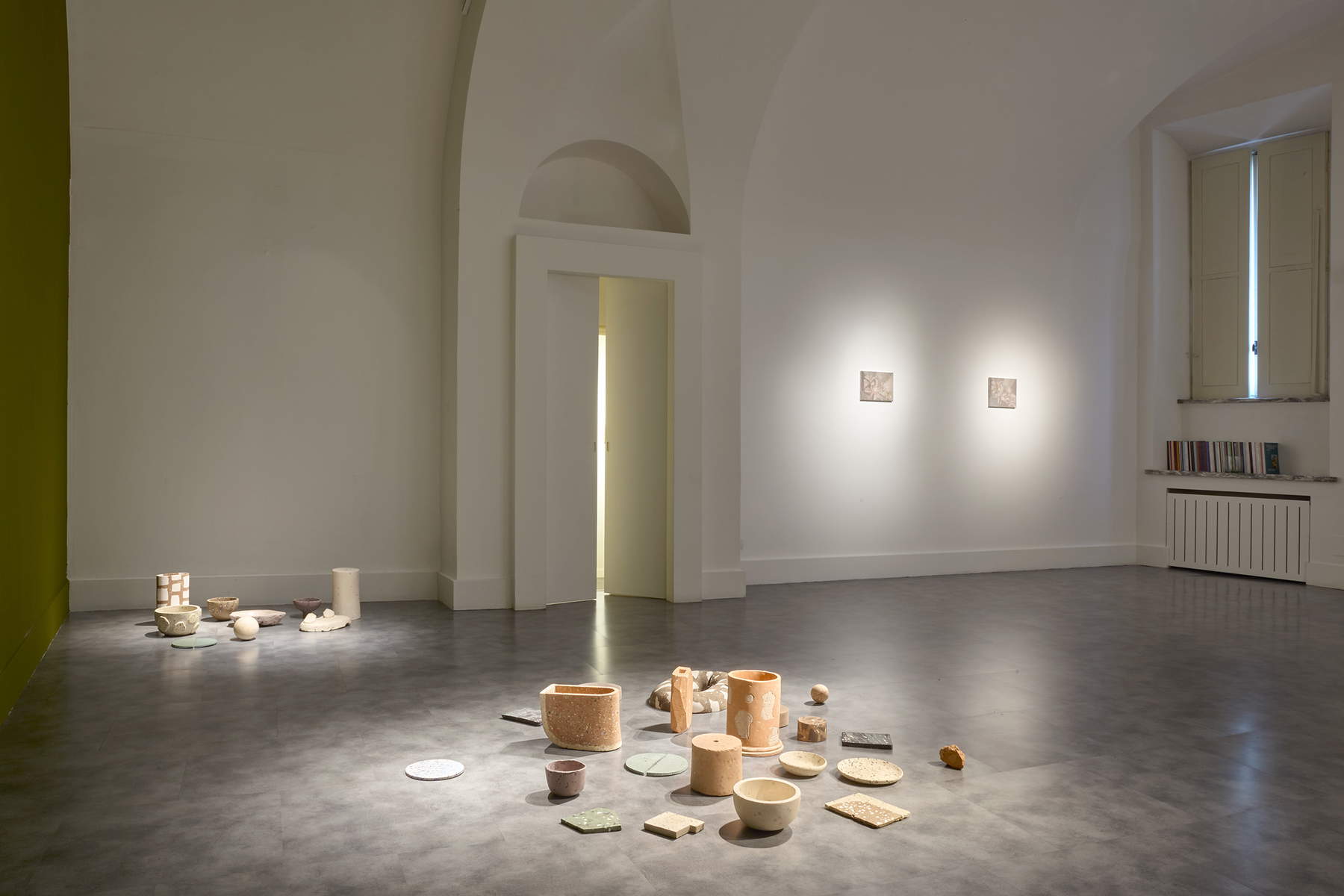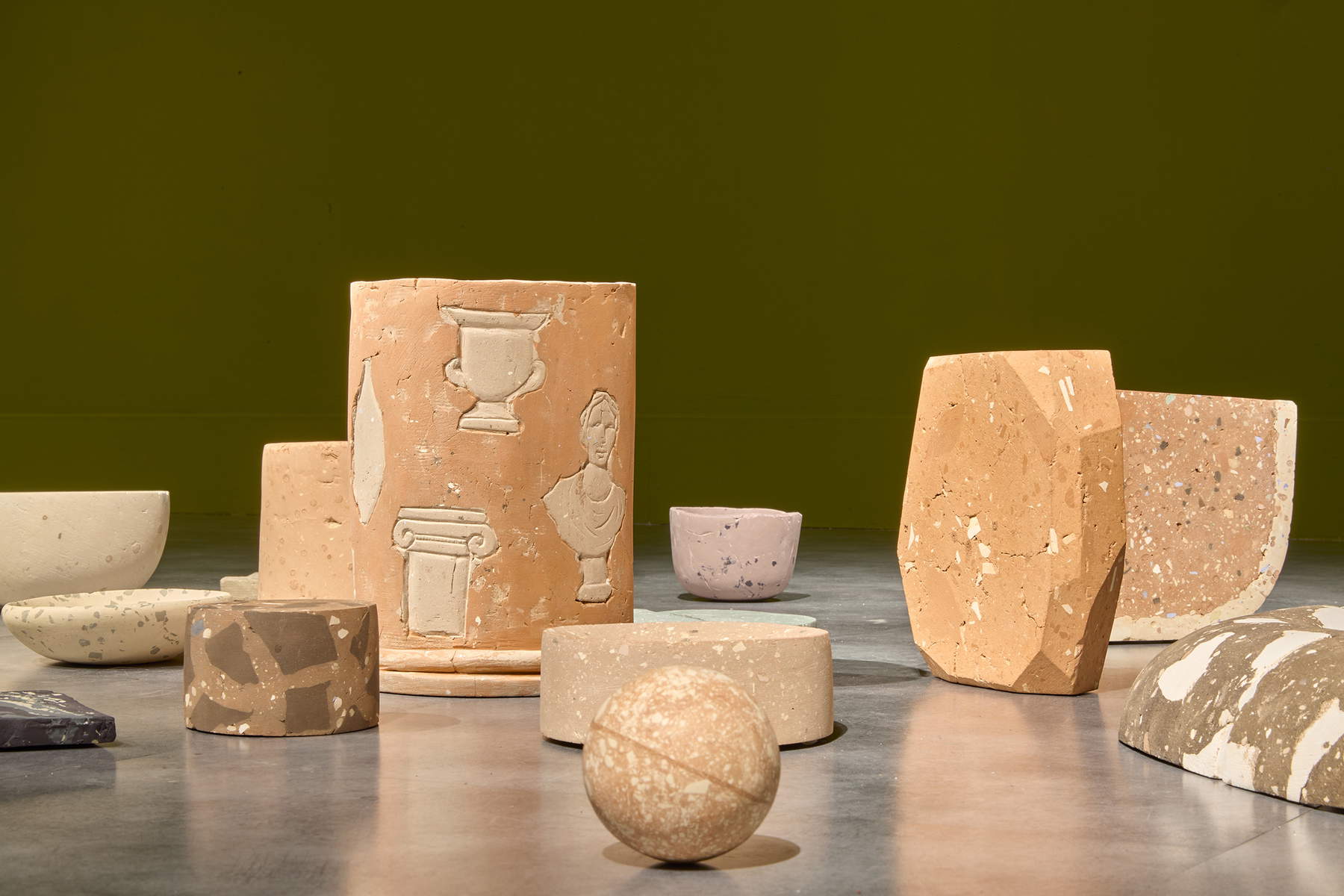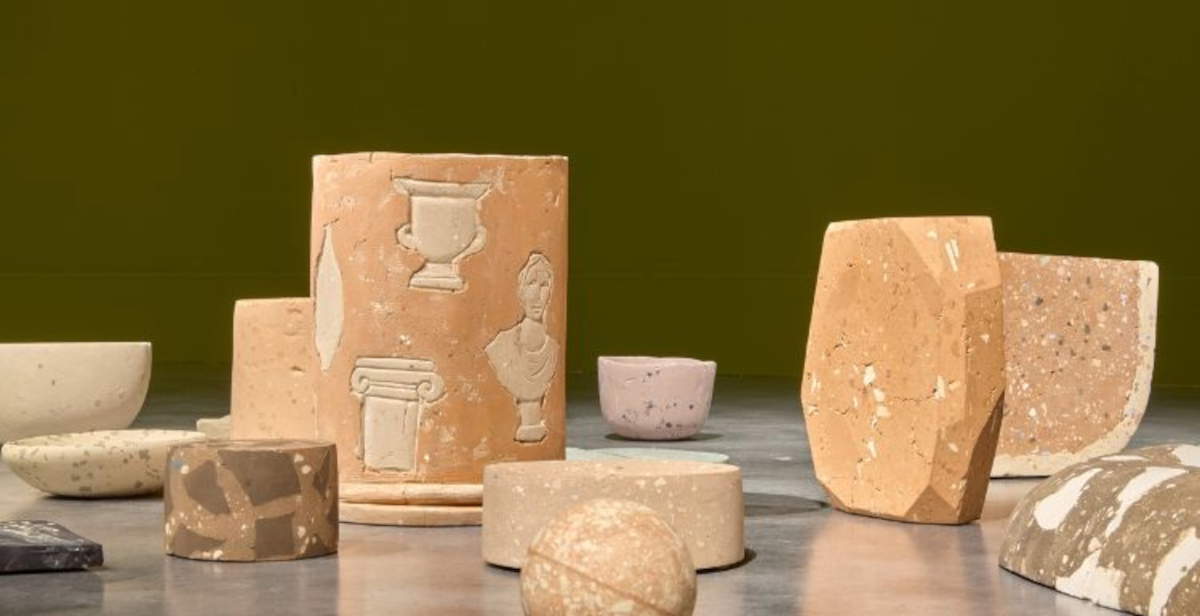French auction house Artcurial opens the doors of its Milan headquarters to a new exhibition proposal that connects two seemingly distant visual languages. From May 14 to June 15, 2025, the Corso Venezia spaces will host Tarte Tatin, an exhibition curated by Pia Sophie Biasi and Luca Zuccala, which proposes a dialogue between the works of Marta Ravasi (Merate, 1987) and Gaetano Di Gregorio (Catania, 1972). The project stems from the intention to build a path of contact and resonance between two autonomous researches, united not by stylistic affinities but by a common disposition to confrontation.
“The works of the two authors, although distant in form and content, are thought of as parts of a large whole in which each work dialogues with the other components of their respective productions,” say the curators. “Hence the idea of putting them in contact, activating their ability to perpetuate their own participatory spirit and willing to resonate in other art forms as well.”

Tarte Tatin thus develops as a device that interweaves two autonomous poetics, where the works do not face each other but are arranged according to a principle of fluid cohabitation, highlighting as much differences as possible correspondences. Marta Ravasi, born in Merate in 1987 and currently working in Milan, is exhibiting a series of small still lifes that are characterized by a palette of muted tones, mostly browns, greens and grays. The subjects, drawn from everyday life, seem to barely emerge from the pictorial surface, as if their presence were attenuated by an accustomed and repetitive gaze. In works such as Two Lilies, Four Lilies, First Fruits, Fruitsand Peaches, the artist constructs essential, subtly evocative images, where the arrangement of objects, the choice of compositional cut, the volumes and the quantity of the elements present become tools to return an almost meditative presence. Not only the formal component intervenes to define the identity of each painting, but also a more intimate and subjective dimension, which the curators trace back to the “emotional disposition” of the artist at the time he made each work. Thoughts, impressions and feelings experienced while painting seem to be inscribed in the material, suggesting a slowed down and absorbed time, as if each object had been observed so many times that it had slowly dissolved into the background that hosts it.


Against this rarefied and almost silent painting, Gaetano Di Gregorio’s practice introduces a tactile and fragmentary register into the exhibition. The sculptor works with reclaimed materials, particularly clay scraps and semi-finished ceramic-based building materials, which he assembles in a dry process. His research is based on an idea of total and circular reuse of matter, where any residue can find new form and function. Within the Tarte Tatin exhibition, Di Gregorio presents a set of vases, plates and other ceramic objects that are distributed directly on the floor, according to an installation logic that recalls a decomposed game, with undefined contours. The artifacts, lacking a rigidly geometric arrangement, appear as residual traces, evocative fragments of a past or imaginary rituality. The relationship between the works of Ravasi and Di Gregorio is based on a tension between movement and stasis, between dispersion and concentration. The Lombard painter’s canvases, immersed in a muffled atmosphere, provide a visual counterpoint to the dynamic arrangement of ceramic objects, creating a balance within the exhibition space. The title chosen for the project, Tarte Tatin, refers to a famous upside-down cake in the French tradition. In addition to the cultural reference, the choice also contains a metaphorical allusion to the act of overturning conventions, of the nonlinear arrangement of elements, of the possibility of looking at a subject from another perspective. In this sense, the exhibition activates a visual device that suggests alternative readings of individual works, triggering a process of exchange and resonance between artists, materials and audience. Artcurial, founded in Paris in 2002, continues with Tarte Tatin its activity of cultural promotion through temporary exhibitions alongside its auction activity.
 |
| Artcurial Milan hosts "Tarte Tatin," a visual dialogue between Marta Ravasi and Gaetano Di Gregorio |
Warning: the translation into English of the original Italian article was created using automatic tools. We undertake to review all articles, but we do not guarantee the total absence of inaccuracies in the translation due to the program. You can find the original by clicking on the ITA button. If you find any mistake,please contact us.